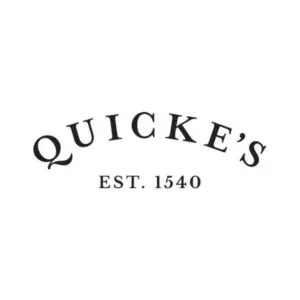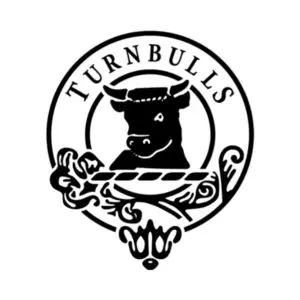Brie de Meaux PDO
The Basics
| Make | Soft |
| Sub Make | Predominantly Rennet set cheese for further ripening |
| Post-Make | External mould/yeast ripened |
| Sub Post-Make | Predominantly Penicillium candidum |
| Typical age profile | Minimum four weeks. Typically ripe at six to 10 weeks |
| Approximate weight(s) | 2.6kg |
| Geographical origin | The Brie region (Seine-et- Marne and Île-de-France), just east of Paris, France |
| Protected status | PDO – made with raw cows’ milk and animal rennet in the Eastern Parisian basin |
| Species of milking animal | Cow |
| Breed of cow | Breed not specified |
| Raw/pasteurised milk | Raw cows’ milk |
| Vegetarian/animal rennet | Animal rennet |
| Commonly encountered variations | N/A |


The Story
Known as the ‘king of cheeses and cheese of kings’ in France, Brie de Meaux was also popular with emperors. According to legend, it was the favourite cheese of Charlemagne in the Middle Ages, who was introduced to the cheese by the monks of Abbaye de Jouarre, who made it.
Protected by a PDO, the cheese must be made with raw milk in the Brie region (now mainly Seine-et-Marne and Île-de-France) 30 miles east of Paris. The coagulation temperature must not exceed 37°C and the curd is ladled into moulds by hand using a scoop-like tool called a pelle à Brie. This stops it from breaking up and helps retain moisture. The cheeses are salted after they drain and acidify in the moulds.
The Character
The white rind of Brie de Meaux comes from the mould Penicillium camemberti, which breaks down the underlying cheese as it matures. Young cheeses have a chalky texture, but become soft and gooey as they age, ripening from the rind inwards. A strong aroma of ammonia is a sign that Brie de Meaux has been over matured. The flavour is complex with vegetal, dairy and mould notes.
Perfect Partners
Try a buttery white burgundy or lighter, fruitier reds such as pinot noir and gamay. The bubbles of sparkling wine can also work well, rebooting the palate after the creamy cheese, while spicy saison beers provide a nice contrast.
















